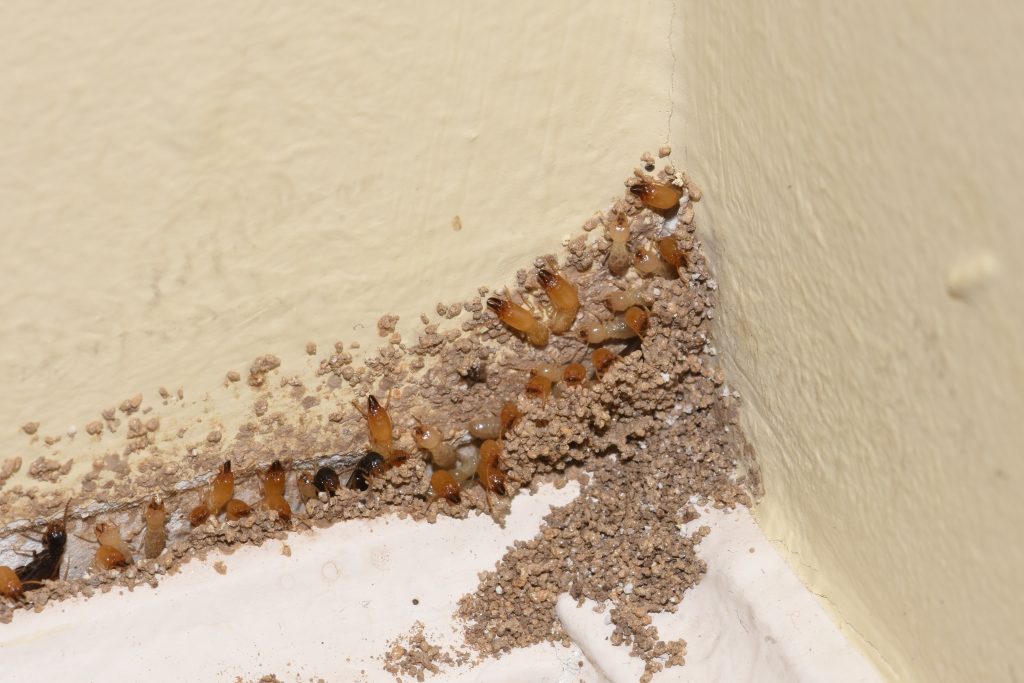If you’ve recently discovered termites in your home, you may be unsure of what to do next. This article will provide tips for successfully eradicating the pests. It will start with a brief introduction to termites and their habits, and then provide practical steps you can take to eliminate them from your home.
Signs of Termites
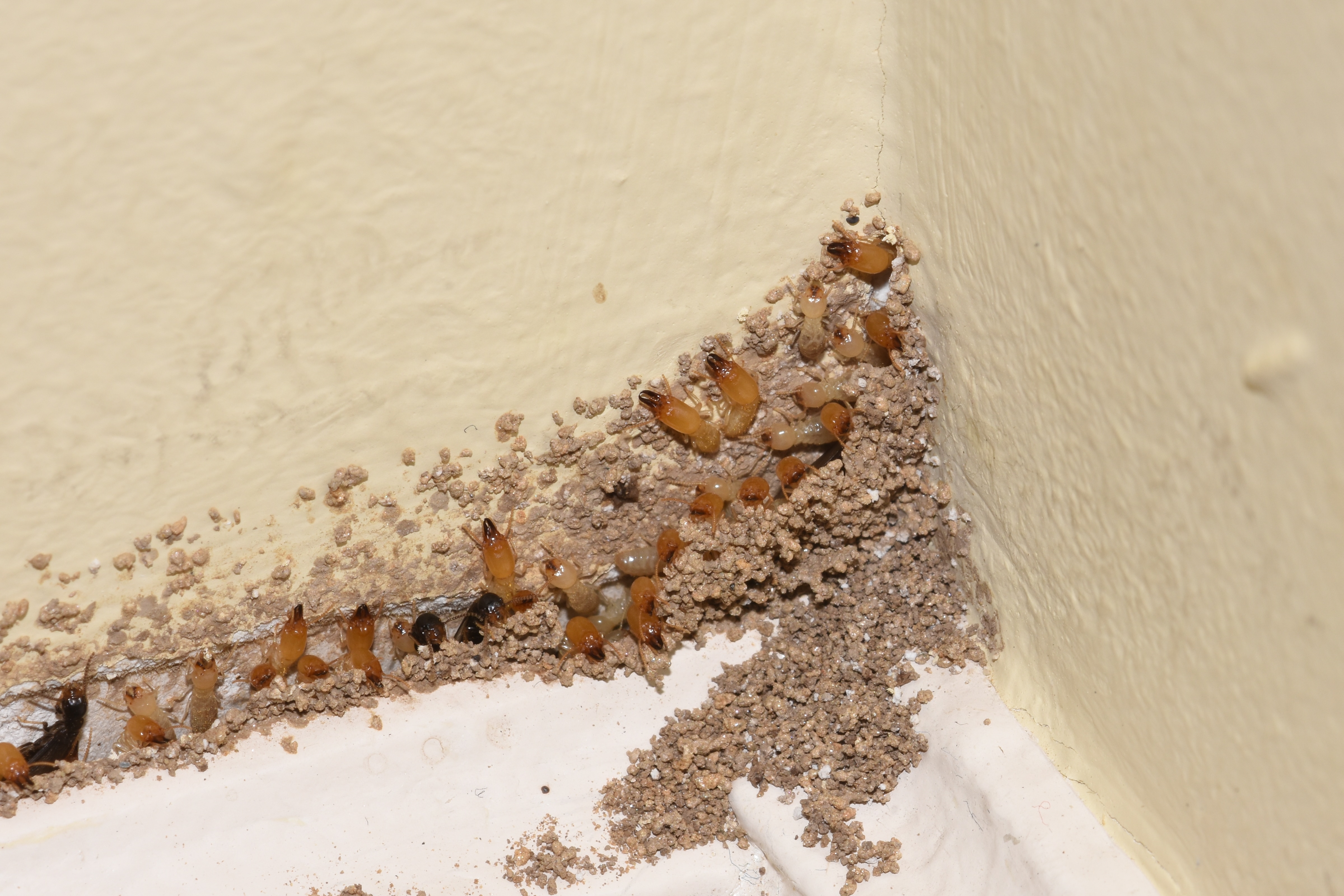
1 Droppings
Termite droppings, or frass, are small, hard pellets that have a wood-like appearance. They can be found near windows and doors, in attics, and near other structures that termites may have built.
2 Discarded Wings
After mating, termites’ wings may be discarded near windowsills, doorways, and other areas of entry. They are shaped like a fishhook, and will be near the ground or on surfaces near the infestation.
3 Mud Tubes
Subterranean termites build mud tubes, or shelter tubes, from the ground up the side of a home. These tubes are made from wood, soil, and saliva and provide protection from predators and the elements.
4 Wood Damage
Termites feed on wood, and damage caused by these pests can look like holes or tunnels in the wood. In addition, the wood may have a hollow sound when tapped.
Types of Termites
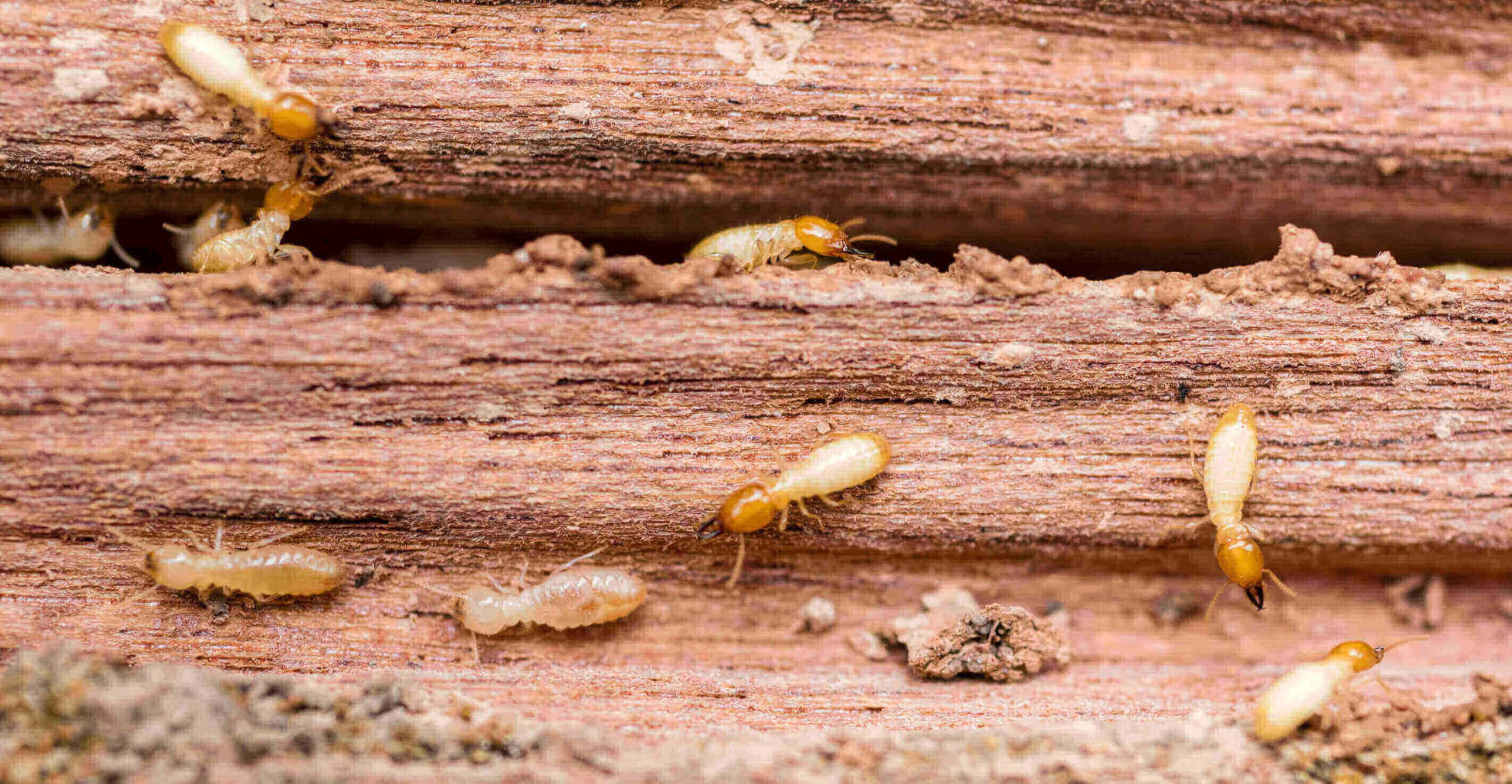
Subterranean Termites
Subterranean termites require moisture and live in the soil. They can enter a home from the ground, and are the most destructive type of termite. Subterranean termites can cause extensive damage to wooden structures and furniture.
Drywood Termites
Drywood termites live in dry wood and do not require contact with soil. They can often be found in attics, furniture, and other dry wood sources in your home. Drywood termites cause damage at a slower rate than subterranean termites.
Formosan Termites
Formosan termites are a particularly destructive type of subterranean termite. They can cause significant damage to structures in a short period of time. They are sometimes referred to as “super-termites” due to their increased destructive capabilities.
Treatment Options
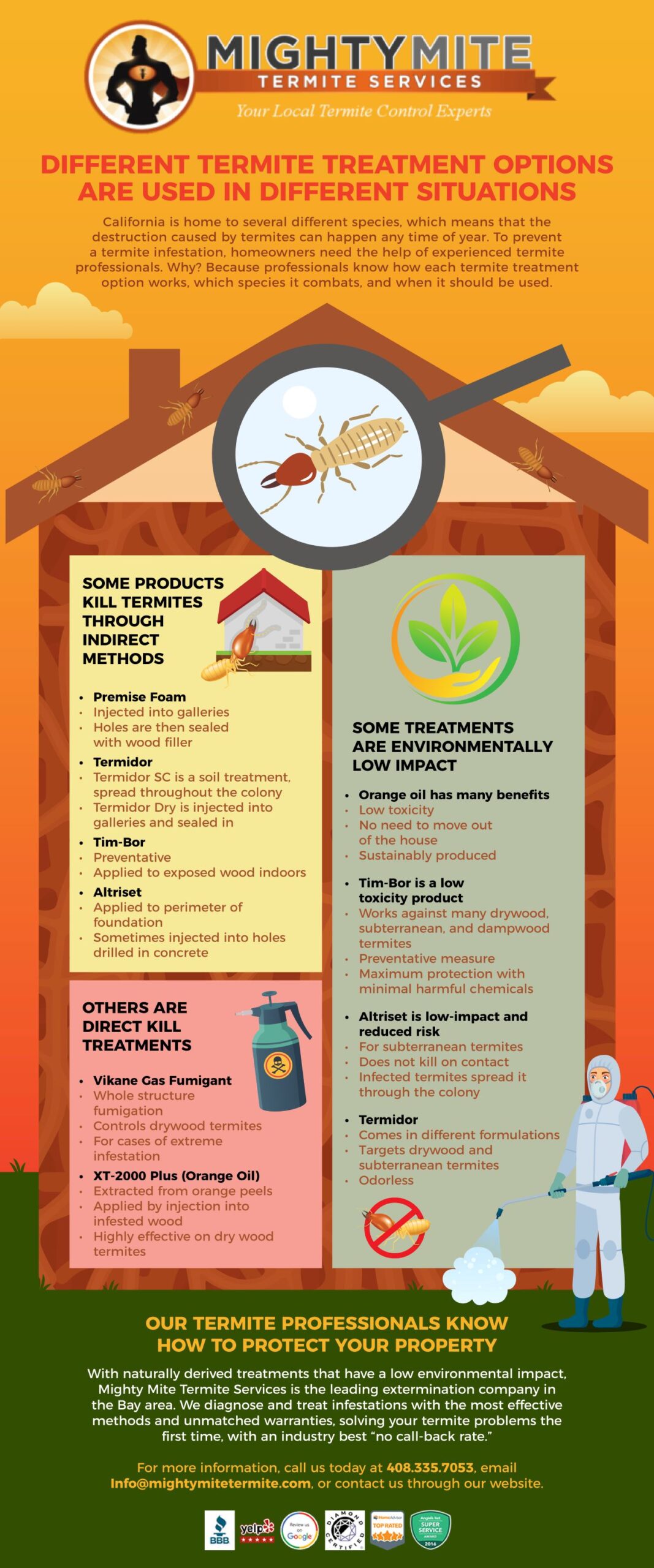
- Treating the infested area with chemical insecticides.
- Fumigating the entire house.
- Using a bait system to slowly eliminate the termites.
- Using microwaves to heat the infested area.
- Installing a physical barrier to prevent termites from entering the house.
1 Chemical Treatment
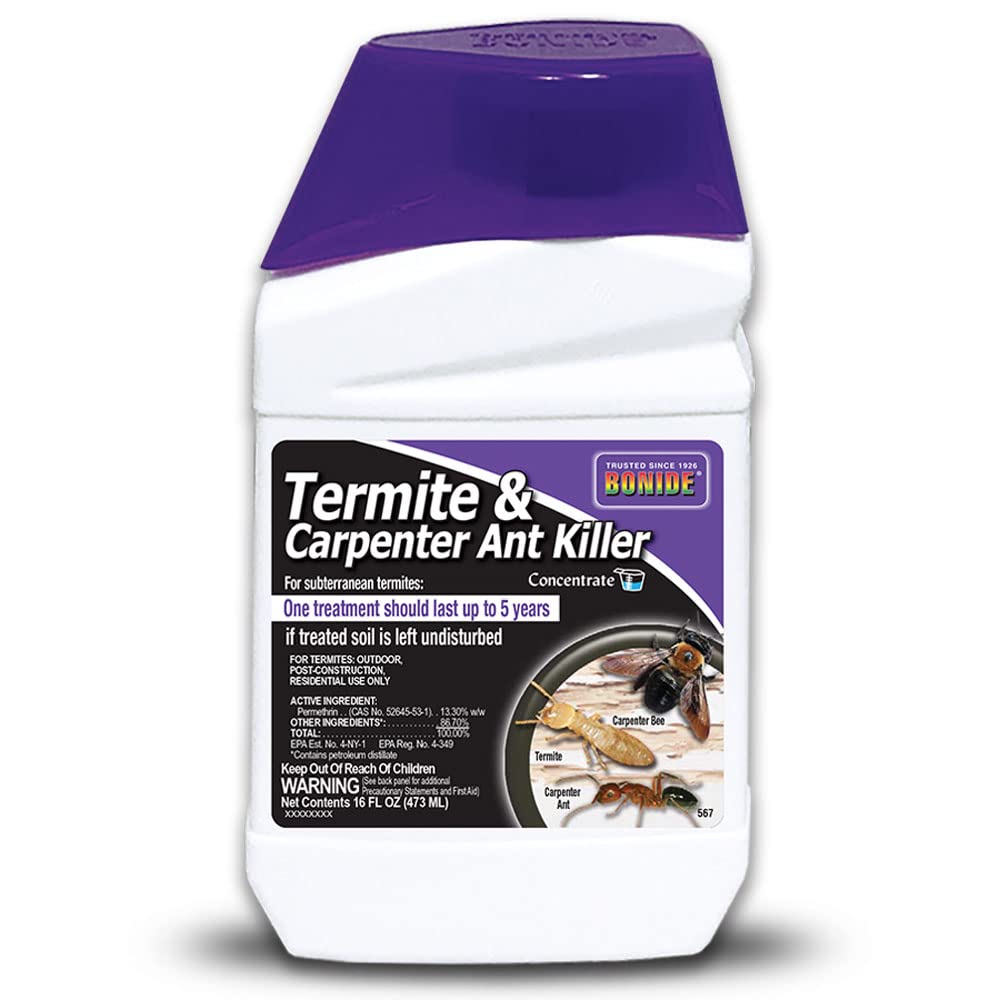
- Apply an insecticide to the infested areas. This will help to kill the termites, but an insecticide alone is not sufficient to eliminate the entire colony.
- Treat the surrounding soil with an insecticide to create a chemical barrier. This barrier will help to prevent any further infestations.
- Re-treat the soil every three to five years to ensure the chemical barrier is effective.
- Replace any wooden items that have been infested with termites. Treat the new items with an insecticide to ensure they are not re-infested.
2 Physical Treatments
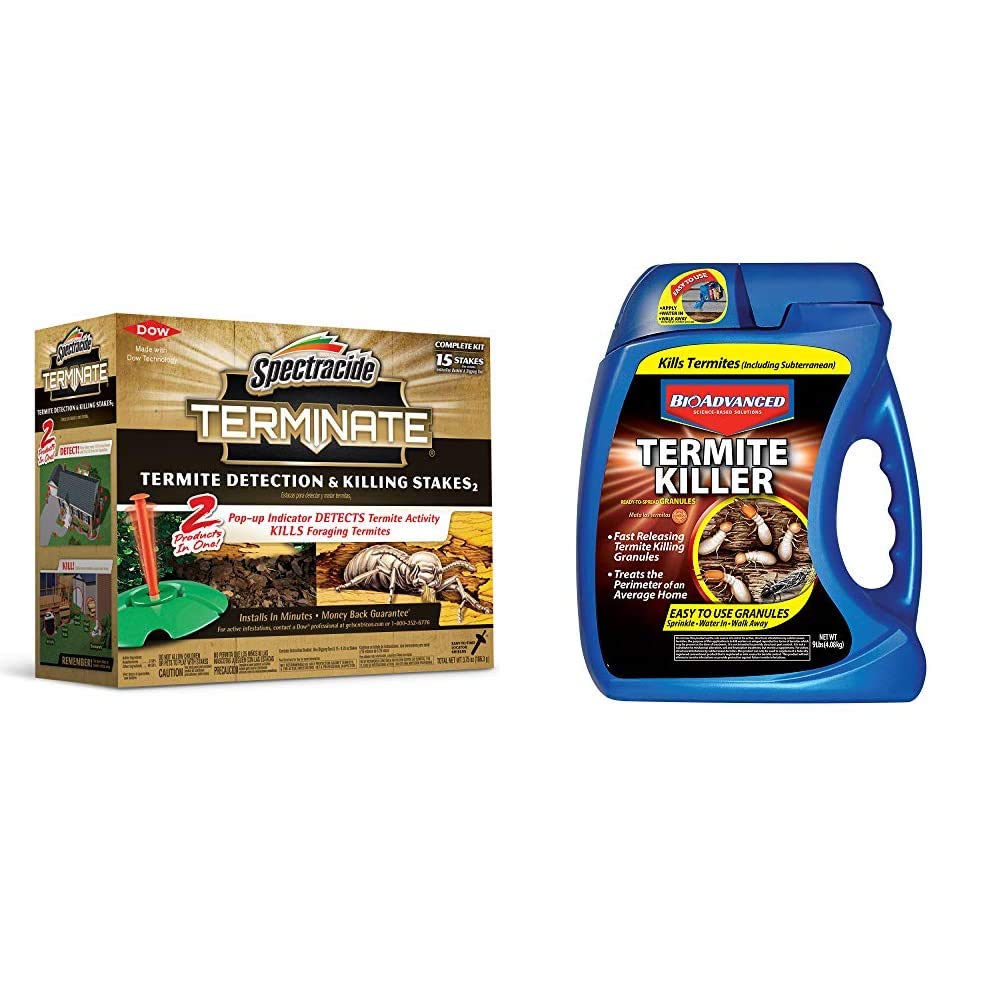
| Treatment | Process |
|---|---|
| Heat Treatment | A specialized heating device is used to heat the infested area to a certain temperature for a certain amount of time. This kills the termites and the eggs. |
| Fumigation | A gas is released into the air to penetrate walls and furniture to kill termites. This treatment is often used for drywood termites. |
3 Biological Treatments
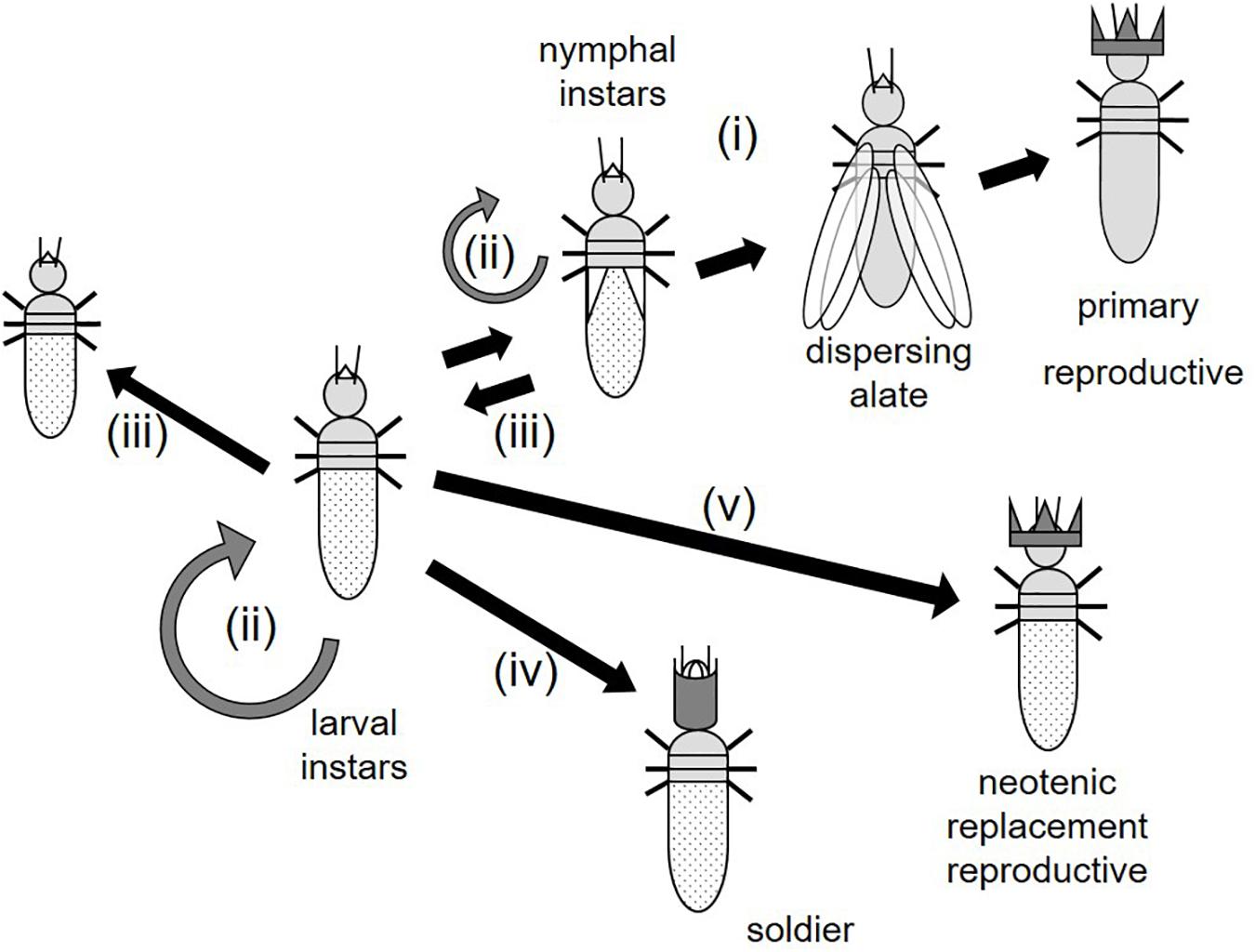
1. Bacillus thuringiensis (Bt) is a naturally occurring bacteria that can be used to treat termites. When used, it produces a toxin that is lethal to termites but does not harm other organisms. Bt can be applied directly to the affected area or can be injected into the soil.
2. Nematodes are microscopic worms that can be used to treat termites. When applied, they infect the termites and cause them to die. Nematodes are effective in controlling termite populations and are safe for use around humans and other animals.
3. Fungal treatments are another type of biological treatment that can be used to combat termites. Fungal treatments involve the application of a special type of fungus that is toxic to termites. The fungus is applied directly to the affected area and will spread throughout the termite colony, killing them in the process.
Prevention Tips

Regularly inspect your home and property for signs of termites. Pay close attention to areas near moisture, such as plumbing and air-conditioning units. Repair any water leaks and seal off any potential sources of moisture. Remove any wood, paper, or cardboard that may be near the foundation of your home. Store firewood away from the house, and regularly check for signs of termite infestation in woodpiles. Keep wood mulch away from the foundation and avoid stacking items against the walls of your home. Utilize a termite control program that includes regular inspections and treatments.
Cost of Treatment
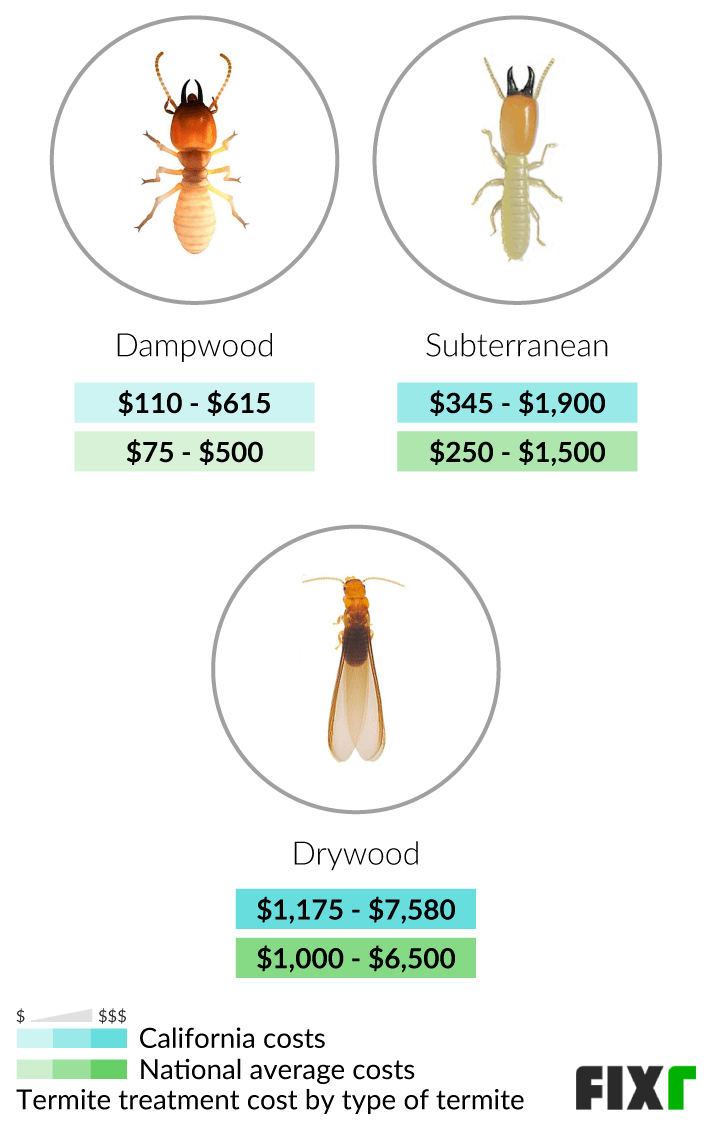
- Hiring a professional exterminator to inspect your property and remove the termites typically costs between $400 and $2000.
- If you choose to do the treatment yourself, you will likely need to purchase over-the-counter termite treatments, such as borate-based treatments, which can cost between $30 and $200.
- If the infestation is severe and treatment requires multiple visits, you may be looking at a bill of up to $3,000.
- For extensive termite damage, fumigation or tenting may be necessary. The cost of fumigation can range from $1,200 to $2,500.
Professional Termite Control
- Contact a professional pest control and termite extermination company.
- Have the company inspect and assess the infestation.
- Discuss the options you have for treating the termite problem.
- Choose the best treatment option for your specific situation.
- Have the company apply the chosen treatment, such as baiting, chemical treatments, or fumigation.
- Have the company monitor the area for further infestation.
DIY Termite Control
If you discover termites in your home, there are several steps you can take to remove them and prevent them from returning. DIY termite control methods include:
– Removing infested wood: Take out any wood that is harboring termites, such as old stumps, logs, and firewood.
– Eliminating moisture sources: Dry out areas that are prone to moisture, such as leaky pipes, clogged gutters, and water-damaged wood.
– Applying termite baits: Place bait stations around the perimeter of your home. The baits will attract and kill termites.
– Using termite repellents: Spray-on repellents, such as boric acid, can help keep termites away.
– Sealing gaps and cracks: Seal any openings around windows, doors, and pipes that could be providing entry points for termites.
– Installing termite barriers: Install a physical barrier around your home to prevent termites from entering.
These DIY termite control methods can help you get rid of termites and protect your home from future infestations. If you’re concerned about a potential infestation, contact a professional for help.
Frequently Asked Questions
How can I tell if I have termites in my home?
Termites are often hard to spot and can cause serious damage to a home if left unchecked. Signs of termites include discarded wings near windows and doors, mud tubes on walls or foundations, damaged wood, and hollow-sounding wood when tapped. If any of these signs are noticed, it is important to contact a pest control professional for inspection and treatment.
What signs should I look for to determine if I have an infestation?
Look for signs of mud tubes and wood damage. Mud tubes, which are tunnels made of wood and soil, are commonly found near the foundation of a home and are an indication of an infestation. Similarly, wood that appears to be hollowed out or discolored, or wood that crumbles easily when touched, may indicate an infestation. Additionally, you may see termites or termite wings near windowsills, doors, or other areas of the home.
What methods can I use to eradicate termites from my home?
The most effective methods to eradicate termites from the home are with professional pest control services. These services use specialized insecticides and baits to target and eliminate termites from the home. Other methods include using liquid termiticides, foam treatments, and termite baiting systems. Chemical barriers can also be used to form a perimeter around the home to prevent termite infestation. Homeowners may also use over-the-counter products such as sprays, dusts, and baits to control termites.
What preventative measures can I take to avoid a termite infestation?
The best way to protect your home or property from a termite infestation is to take preventive measures. These include reducing moisture levels in and around the home, sealing up cracks and crevices, and repairing water leaks. Additionally, removing any dead trees, stumps, and debris near the home can help reduce the risk of an infestation. Finally, regular inspection by a professional can help identify existing infestations and take steps to prevent them.
How should I deal with the damage caused by termites?
To repair the damage caused by termites, you should first identify the species of termite and eliminate the infestation. This may involve using chemical treatments, baiting systems, or physical removal. Once the infestation is eliminated, you should repair the damage caused by termites. This may include replacing wood and other building materials, patching holes, and sealing cracks. Additionally, you should make sure to keep wood and other cellulose-based materials away from the foundation of your home to prevent further infestations.
Conclusion
If you find termites in your home, the best course of action is to contact a pest control professional. They will be able to identify the type of termite and the best way to eradicate them. If the infestation is severe, they may also recommend preventative measures to keep the termites from returning. Taking the right steps to eliminate termites as soon as possible can help to prevent further damage and save you money in the long run.

